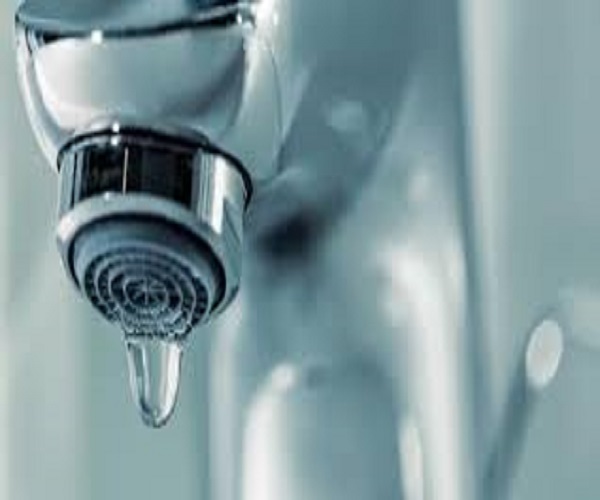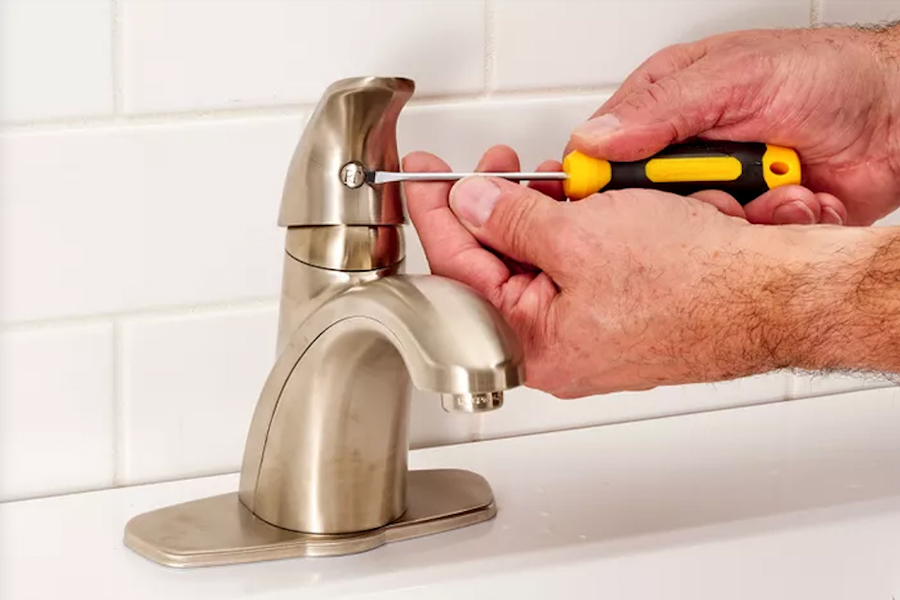Our Results of Overlooking a Dripping Faucet
Nearly everybody seems to have their own theory about Health Risks Posed by Leaking Faucets.

Intro
A leaky faucet might appear like a minor inconvenience, but its consequences expand much past the periodic drip. Recognizing the results of a leaky tap is essential for both property owners and the setting. In this post, we'll discover the numerous influences of this common house problem and why addressing it promptly is important.
Root Causes Of Leaky Faucets
Dripping taps can arise from a range of variables, including deterioration, high water pressure, and rust. With time, the continuous use of faucets can bring about worn-out seals and gaskets, causing leakages to establish. Additionally, excessive water pressure can place stress on plumbing components, resulting in leaks. Corrosion and rust can also weaken tap parts, making them prone to leakage.
Water Wastage
One of one of the most considerable consequences of a leaky faucet is water waste. Even a tiny drip can add up to gallons of wasted water with time. This not just increases water costs but additionally adds to water deficiency and environmental degradation. Resolving leaking taps promptly is critical for conserving this valuable resource and minimizing its influence on the world.
Financial Impact
Along with drainage, leaking taps can additionally have a considerable financial impact. Increased water bills are a direct effect of water wastage, setting you back house owners thousands of bucks annually. In addition, the price of fixing water damage triggered by leakages can be considerable, especially if left ignored for a prolonged duration.
Ecological Effect
The ecological influence of leaking faucets prolongs past water wastefulness. By conserving water, homeowners can add to broader initiatives to alleviate water shortage and shield natural ecosystems. Lasting options such as rainwater harvesting and water-efficient fixtures can further decrease the environmental footprint of home water use.
Technological Solutions
Developments in technology have actually resulted in the development of smart taps and water-saving devices that aid minimize water waste. Smart faucets use sensors to find motion and readjust water flow as necessary, minimizing waste without sacrificing comfort. Water-saving gadgets such as aerators and low-flow showerheads are additionally efficient in conserving water without endangering performance.
Worldwide Point of views
While leaking taps may look like a localized concern, they contribute to more comprehensive international challenges such as water scarcity and climate change. In areas already facing water stress and anxiety, every drop counts, making leakage avoidance and repair essential. By adopting water-saving techniques and investing in lasting innovations, property owners can play their part in attending to these pressing international problems.
Regulatory Measures
Government regulations play a vital duty in mitigating the impact of dripping faucets and promoting water conservation. From building codes that need water-efficient components to water-saving motivations and discounts, policymakers have a series of devices at their disposal. By applying and applying these regulations, governments can make sure that home owners focus on water conservation in their lives.
Area Effect
Resolving leaky faucets requires cumulative initiatives at the neighborhood degree. By elevating awareness regarding the significance of water conservation and providing resources for leak detection and repair, neighborhood authorities can encourage home owners to take action. Initiatives such as water-saving refund programs and leak detection campaigns can incentivize behavior change and promote responsible water use.
Situation Studies
Real-life instances of the impact of dripping taps underscore the significance of proactive upkeep and timely repair work. From water damages to escalating water bills, the consequences of overlooking leaks can be extreme. By sharing these study, house owners can much better recognize the importance of attending to leaky faucets without delay.
Educational Campaigns
Educational projects play an important role in increasing awareness concerning the impacts of leaky taps and promoting water conservation practices. Via workshops, workshops, and on the internet resources, home owners can find out just how to spot and repair leaks themselves. By empowering people with knowledge and tools, educational campaigns can foster a society of responsible water usage within communities.
Health Problems
Leaking faucets can produce helpful atmospheres for mold and mold development, presenting wellness dangers to occupants. The existence of mold and mildew can aggravate respiratory problems and allergic reactions, particularly in susceptible individuals. Additionally, water damage arising from leaks can jeopardize the architectural integrity of structures and result in costly repairs.
DIY vs. Expert Repair work
When confronted with a dripping faucet, house owners often debate whether to attempt repairs themselves or work with a specialist plumber. While do it yourself repairs can save cash, they might not always attend to the hidden concern effectively. Professional plumbing professionals have the know-how and tools to detect and take care of leakages correctly, ensuring long-term remedies and comfort for house owners.
Safety nets
Preventing dripping taps needs routine upkeep and proactive steps. Simple tasks such as changing worn-out washers and seals can protect against leakages from establishing. In addition, updating to high-quality components and minimizing water pressure can help extend the lifespan of taps and decrease the danger of leaks.
Verdict
To conclude, the impacts of a leaking tap prolong much beyond the periodic drip. From water waste and raised water bills to wellness issues and environmental effect, the consequences of disregarding leakages can be significant. By resolving leaky faucets without delay and adopting water-saving techniques, property owners can minimize these effects and contribute to a more lasting future.
Why You Shouldn’t Ignore a Leaky Faucet in Your Home
What Causes a Leaky Faucet?
Various factors can cause a leak, from loose and worn-out parts to corrosion. Your faucet has four essential components from which most plumbing issues will stem: the O-ring, the valve seat, the washer and the gasket.
What Is an O-Ring?
The O-ring is a stem screw that fastens parts of the faucet in place, preventing water from leaking out of the spout. Depending on your faucet type, the stem might have multiple O-rings. Water will drip from the faucet’s handles and base if this part breaks or deteriorates.
What Is a Valve Seat?
The valve seat controls the flow and temperature of the water. Found at the base of the handle, it works as a seal for the faucet’s stem. The valve seat ensures the water is allowed to flow or is blocked as the handles dictate. You’ll know it’s malfunctioning when water leaks from your faucet’s sides.
What Is a Gasket?
The gasket is found between the water inlet and the valve stem. It creates a seal between the faucet and the sink, holding its joints by aerators attached to the stem’s head. Water will trickle out from the base if the gasket isn’t working.
What Is a Washer?
The washer secures the handles and prevents leakage, serving a similar purpose to the O-ring. While the O-ring is ordinarily round and made from an elastic material, such as rubber, the washer is square-shaped and composed of brass, copper and other hard metals. If it malfunctions, corrodes or has been improperly installed, water will leak out of the handles, causing that incessant faucet drip.
Why Is a Leaky Faucet Dangerous?
A leaky faucet left alone for too long can have significant consequences.
Pest Infestations
Since bugs and rodents gravitate towards the scent of water, a leaky faucet will draw pests to your sink. Both are looking for leaks accessible through crawl spaces, which a faucet provides. If you leave water dripping for too long, you run the risk of an infestation.
Rust
If one of the faucet parts has started to corrode, the resulting rust can spread to your pipes and valves with startling speed. The rust might even lead to cracks or other impairments, resulting in more severe plumbing issues.
Your sink could also sustain damage from a leaky faucet. The water in your tap possesses sparse elements of calcium and iron that can stain your sink with repeated and prolonged exposure. Once those elements in the water have been open to the air for some time, your sink will start to rust, creating marks that can be difficult to remove.
https://www.tomsmechanical.com/blog/why-you-shouldnt-ignore-a-leaky-faucet-in-your-home

I was made aware of that article on Potential Health Risks Associated With Leaky Faucets from someone on our other blog. Remember to take the opportunity to share this post if you enjoyed it. I treasure your readership.